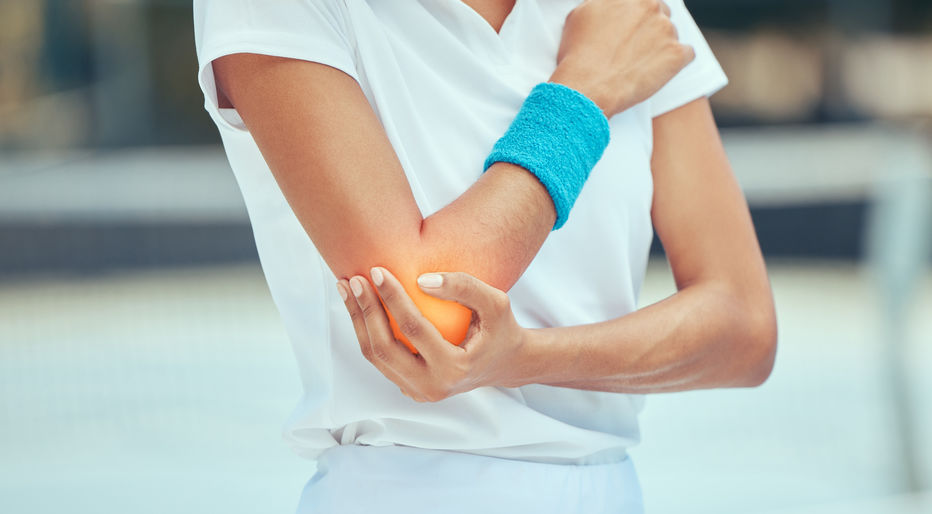
Elbow pain can be a frustrating obstacle—whether you're an athlete, a fitness enthusiast, or someone struggling with arthritis. Traditional treatments like rest, physical therapy, or surgery often come with limitations or long recovery times. But there’s a cutting-edge solution gaining traction: regenerative sports medicine. This innovative approach leverages the body’s own healing mechanisms to treat elbow injuries and arthritis, offering new hope for faster recovery and long-lasting relief.
What Is Regenerative Sports Medicine?
Regenerative sports medicine involves advanced, non-surgical therapies that stimulate tissue repair and reduce inflammation using biologic materials derived from the patient’s body. The most common regenerative treatments include:
Platelet-Rich Plasma (PRP) Therapy
Stem Cell Therapy
Prolotherapy
Exosome Therapy
These techniques harness powerful growth factors and cellular components to jumpstart the body’s natural healing process.
Common Elbow Conditions Treated with Regenerative Therapies
Regenerative sports medicine is particularly effective for chronic and hard-to-treat elbow conditions, such as:
1. Tennis Elbow (Lateral Epicondylitis)
This overuse injury affects the tendons on the outer part of the elbow. PRP and stem cell injections can promote tendon healing and significantly reduce pain.
2. Golfer’s Elbow (Medial Epicondylitis)
Similar to tennis elbow, but located on the inside of the elbow. Regenerative therapies help repair tendon damage without the need for invasive procedures.
3. Elbow Arthritis
Cartilage degeneration in the elbow joint leads to pain, stiffness, and reduced mobility. Stem cells and PRP can reduce inflammation and encourage cartilage regeneration.
4. Ligament and Tendon Injuries
Sprains, tears, or strains in the elbow ligaments and tendons are ideal candidates for regenerative treatments, especially for athletes looking to avoid surgery.
How Regenerative Therapies Work for Elbow Injuries and Arthritis
Platelet-Rich Plasma (PRP)
PRP involves drawing a small amount of the patient’s blood, processing it to concentrate the platelets, and injecting it into the injured elbow area. Platelets contain growth factors that accelerate tissue repair and reduce inflammation.
Stem Cell Therapy
Stem cells are extracted from the patient’s bone marrow or fat tissue and injected into the affected elbow. These cells can differentiate into various tissue types, helping regenerate cartilage, tendons, and ligaments.
Benefits of Regenerative Treatments:
Non-surgical and minimally invasive
Reduced downtime and quicker recovery
Long-lasting pain relief
Improved joint function and mobility
Lower risk of complications compared to surgery
Is Regenerative Sports Medicine Right for You?
Ideal candidates for regenerative elbow treatments include:
Individuals with chronic elbow pain unresponsive to traditional therapies
Patients looking to delay or avoid joint surgery
Athletes seeking faster recovery from injury
Older adults with arthritis seeking non-invasive options
It’s crucial to consult a specialist in regenerative medicine or sports orthopedics to determine the best treatment plan based on your condition, activity level, and overall health.
Also Read: Elbow Ligament Tear: Understanding the Different Types and Their Impact on Your Mobility
Conclusion
Regenerative sports medicine is revolutionizing the way we treat elbow injuries and arthritis. By tapping into the body’s own healing power, these therapies offer a safer, more effective alternative to surgery and long-term medication. If you're dealing with persistent elbow pain or stiffness, it's time to explore regenerative solutions and get back to living—and moving—pain-free.